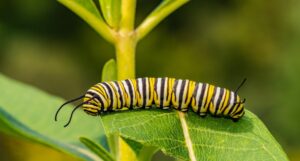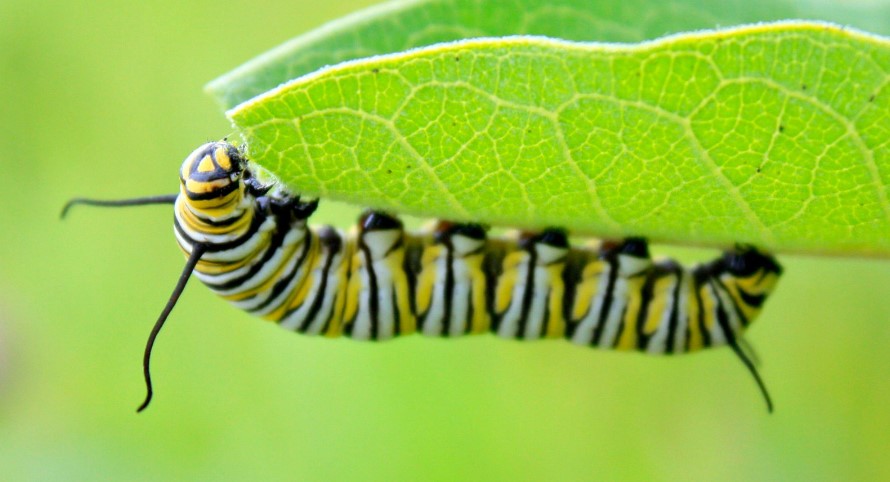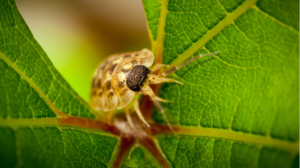Caterpillars can be fascinating creatures to observe in their natural habitat, but finding them inside your home can be less than delightful. Understanding what attracts these munching larvae to your abode is crucial for preventing an invasion and keeping your living spaces free from their presence. In this blog, we will explore what attracts caterpillars to your house and how we can penetrate those attractions.
What Attracts Caterpillars to Your House?
Caterpillars are fascinating creatures in the natural world, but when they start infiltrating your home or garden, they can become a nuisance. Understanding what attracts these pesky critters to your house is the first step toward effective pest control. The things that attract the caterpillar are,

- Food Sources: Caterpillars are attracted to plants and foliage, especially those rich in nutrients. If your home has a garden with a variety of plants, it may be inviting these hungry caterpillars for a feast.
- Moisture: Caterpillars thrive in moist environments, so areas around leaky faucets, watering cans, or damp soil can attract them to your house.
- Warmth: During colder months, caterpillars seek warmth, making cracks in walls, windows, or doors potential entry points to your cozy home.
- Lights: Artificial lights at night can also draw caterpillars towards your house, mistaking them for natural moonlight.
Effective Pest Control Solution
Caterpillar infestations can be difficult to manage, but with the correct techniques, you can keep these pests out of your house and garden.

Here are some pest control options that will help you manage and avoid caterpillar infestations:
- Planting Herbs: Planting certain herbs and flowers like dill, fennel, and marigolds can deter caterpillars due to their strong scents or natural repellent properties.
- DIY Traps: Create simple traps using containers filled with soapy water placed strategically around your garden to catch caterpillars that may be munching on your plants.
- Physical Removal: To effectively remove caterpillars from your garden, handpick them from your plants and drop them into a bucket of soapy water.
- Crop Rotation: Rotate your crops each season to disrupt caterpillars’ life cycle and reduce the chances of infestations in your garden.
- Compost Management: Properly manage your compost pile to avoid creating a breeding ground for caterpillars. Turn your compost regularly and ensure it reaches high temperatures to deter pests.
By implementing a combination of these strategies, you can effectively manage caterpillar populations in your garden while maintaining a healthy and balanced ecosystem.
Conclusion
Understanding what attracts caterpillars to your house is important to preventing infestations. Implementing the above-mentioned techniques is essential to effectively managing and avoiding caterpillar invasions. If this DIY method does not work, get help from pest control services to reduce the caterpillar population and safeguard your home and garden.






